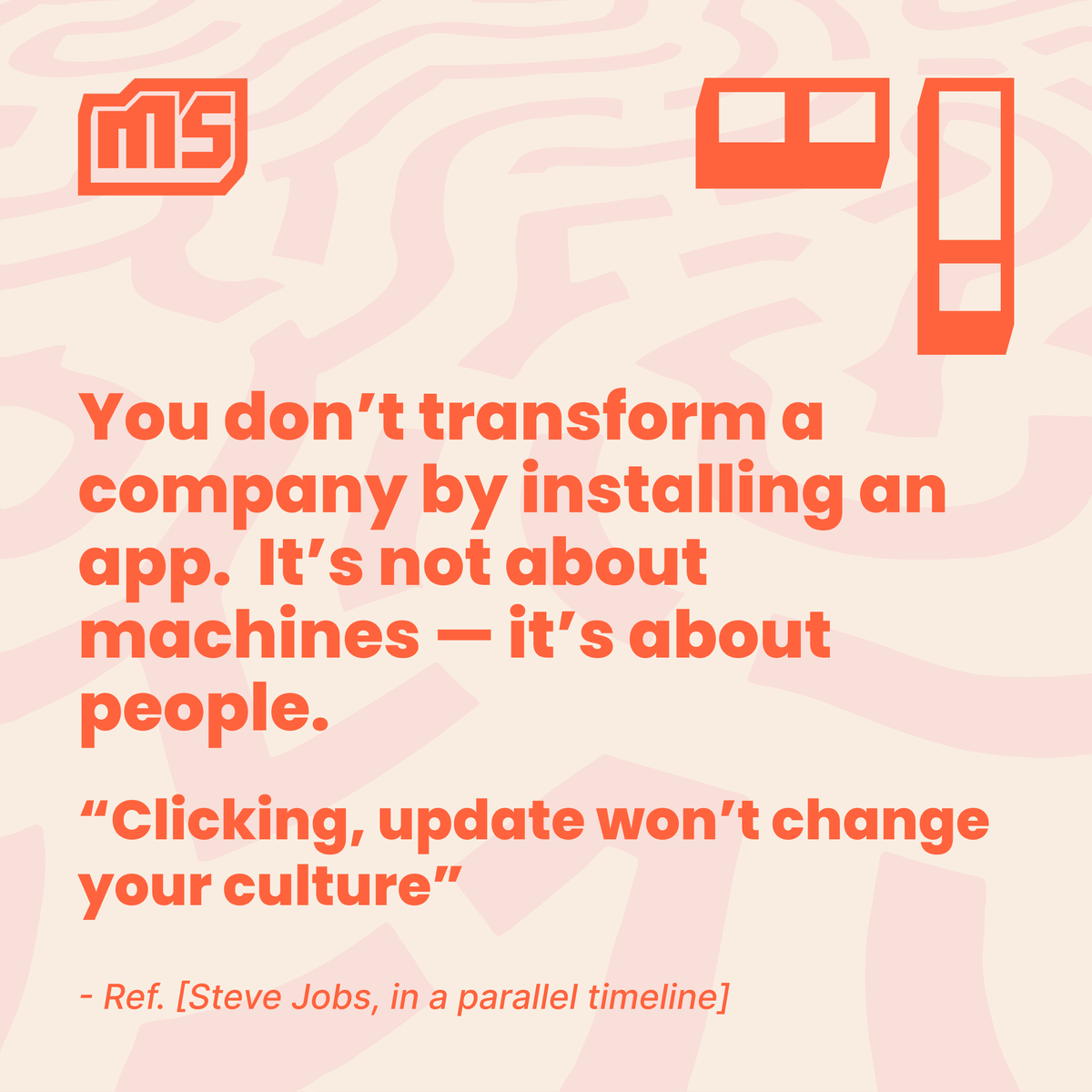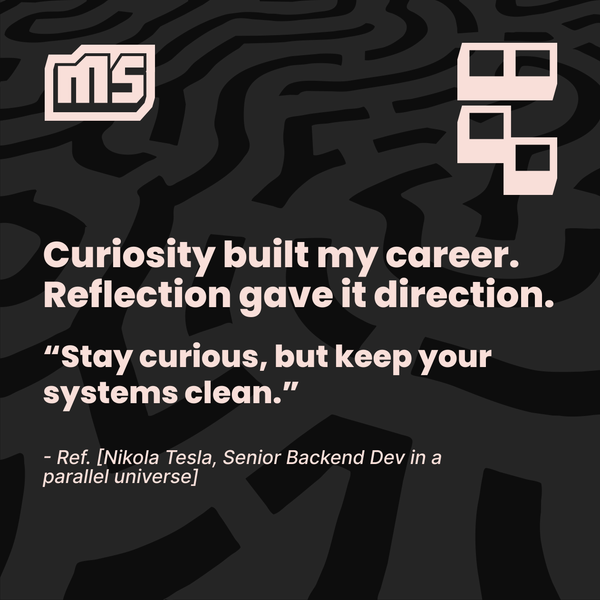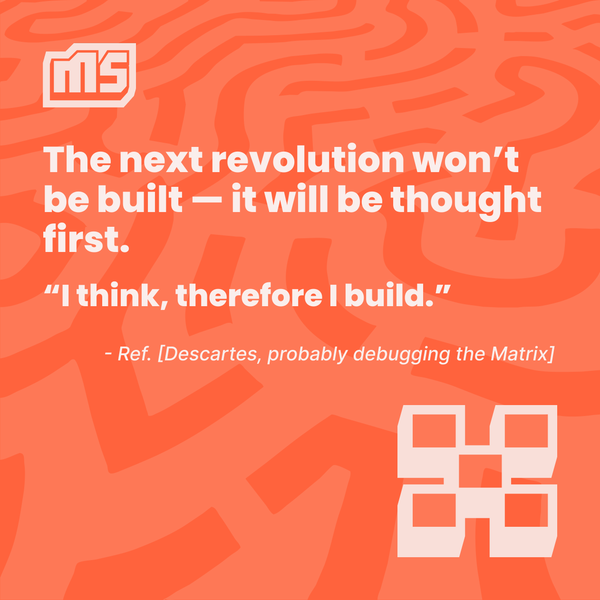“You can automate systems, but you can’t automate understanding.”
I. The Myth of Digital Transformation
I’ve been working in digital transformation for years now — across projects, teams, and even continents — and I’ve learned one simple truth: technology doesn’t transform organizations. People do.
We tend to forget this. The moment someone says “digital transformation,” minds rush toward tools, platforms, automation, and infrastructure. But transformation isn’t a technical event — it’s a cultural evolution.
You can buy the best software, deploy the latest cloud infrastructure, and implement AI across your value chain… and still fail miserably if your people don’t change the way they think, work, and connect.
“A tool is only as smart as the mindset that wields it.”
II. The Human Side of Every System
I remember one particular project vividly. The client had invested heavily in a new data management system — the “ultimate digital upgrade,” they said.
Technically, everything was flawless: the deployment went smoothly, the architecture was sound, the integrations worked.
And yet… adoption was almost zero.
Why? Because the people weren’t ready.
No one had explained why this system mattered, how it would help them, or what it meant for their day-to-day reality. The project was designed for the organization — but not with the organization.
That’s when it hit me: transformation isn’t about delivering technology, it’s about designing alignment.
When people understand the why, they embrace the how.
When they don’t, even the most sophisticated tech feels like an intrusion.
III. Transformation Starts in the Mind
Real transformation starts long before any code is written. It starts in conversations — in the way leaders communicate vision, in the way teams perceive purpose, and in the way individuals see themselves within the system.
Every digital project I’ve seen succeed had one thing in common: a shared sense of why.
Not just a mission statement, but a real, lived understanding of how technology empowers, not replaces, human potential.
The hardest part of transformation isn’t the integration — it’s the interpretation.
“You can digitize processes, but you can’t digitize purpose.”
IV. Leadership, Trust, and the Psychology of Change
Leading a digital transformation is as much about emotional intelligence as it is about technical expertise.
Trust is the invisible architecture that holds every system together.
Without it, teams resist. They don’t reject the technology — they reject the feeling of being left out of the conversation.
Over time, I’ve learned that my role as a consultant or strategist isn’t just to deliver a digital roadmap — it’s to translate complexity into clarity.
To make sure everyone, from the intern to the CEO, understands not just what’s changing, but why it matters.
Transformation doesn’t succeed because people fear being left behind. It succeeds because people feel empowered to move forward.
V. When Technology Becomes Human
At its best, digital transformation is a story of connection.
It connects data, systems, and people — but most importantly, it reconnects organizations with their purpose.
When technology starts to serve human meaning, everything changes:
- Teams collaborate more openly.
- Leaders make decisions based on understanding, not pressure.
- Innovation stops being a buzzword and becomes a behavior.
That’s the essence of digital maturity: not how advanced your systems are, but how aligned your people are.
“Digital transformation succeeds when technology disappears — and only meaning remains.”
VI. Lessons from the Field
Through the years, I’ve seen that the organizations that evolve best are those that value thought as much as execution.
They take the time to reflect, to communicate, and to include.
Transformation is not a sprint — it’s a dialogue.
And like any great dialogue, it’s built on empathy, patience, and shared understanding.
The irony is that in a world obsessed with speed, slowing down to listen has become a revolutionary act.
VII. Conclusion — The Human Revolution
Digital transformation isn’t a tech revolution. It’s a human revolution powered by technology.
It’s not about automation. It’s about amplification — of intelligence, collaboration, and purpose.
At MindStack, we believe the future belongs to those who understand both systems and souls.
Because every algorithm is still written by a human mind — and every innovation, no matter how digital, begins with a thought.
“Technology changes fast. Humanity must change wisely.”





